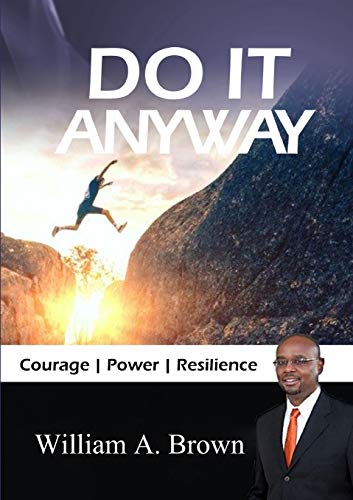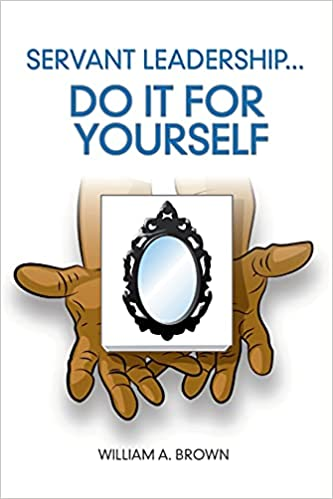Article-Detail

Maslow, OSHA, and Employee Safety
Psychologist Abraham Maslow, born in April 1908 in New York City, gained fame for his writings on psychological health and how it relates to people’s motivation to fulfill their potential in life and work. According to his most famous writing, ‘Maslow’s hierarchy of needs’, people need to have basic safety and psychological needs met first before they are able to focus on any higher level needs or goals. Maslow’s hierarchy is referenced in school districts across the nation as educational leaders direct resources toward counseling, lunches, and community engagement. The idea in schools is to provide emotional support, nurishment, and family involvement as a means to higher student performance. California’s Department of Safety and Health, also known as Cal/OSHA establishes and enforces safety policies to be followed by employers to ensure employee safety at work. All states have an OSHA that functions the same way to keep people safe while they perform the duties of their job. Cal/OSHA and Abraham Maslow’s work align along lines of workplace safety and security. Before people at work can be at their best, and before an organization can be at its best, workers need not be afraid of harm while doing their jobs. Slips, trips, and falls make up 33% of all workplace deaths and most of the money paid out in workplace settlements. On December 13, 2013, Alan Loignon, a roofer in Portland, Maine, while descending off of a three story roof he had just completed, fell to his death. The contractor who hired Loignon, who is also Loignon's brother-in-law, provided the proper safety equipment to his employees. Employees say the contractor discouraged them from wearing it so they could complete jobs faster, the contractor says employees didn’t want to wear it and he couldn’t force them to wear it. Maine OSHA held the contractor responsible to the tune of $1.1 million for not requiring employees, even subcontractors, to wear their fall protection gear. It did not help that this employer had recently been fined by Maine OSHA $676,250 for similar violations on a job in Old Orchard Beach, Maine, after receiving a complaint from an employee on that job. Over the years, this employer had been cited by Maine OSHA 16 times; 13 willful violations and 3 serious violations. This employer now faces a $2.5 million wrongful death lawsuit from Loignon’s family and workplace manslaughter charges from the state of Maine.The cost of keeping people safe is much lower than embarrassing and expensive fines, the loss of life, and possible jail time. Maslow’s hierarchy and OSHA law both require that basic safety needs are met. Maslow goes on to say that this is a requirement if you want people to be at their best. I’ll go further to say that fear of lawsuits, injury and bad press keeps an organization from being its best. Fear paralyses progress for everyone. Employees who are in fear or are insecure tend to focus on the threat instead of their work. Employees who are unaware of a very real threat or are overconfident of their ability to overcome the threat can walk right into the worst possible outcome. Whether employees are in fear or overconfident about their abilities, the threat is a problem for the organization and the boss. It's best to remove barriers altogether and create an organizational focus on security and success for everyone. Maine OSHA has established what states have been saying for years, it is the responsibility of the employer to enforce compliance. In the context of the roofer, the contractor is the boss and is responsible for what happens on that job, including injury or death. You can’t be the boss and claim to be a victim of employees who don’t want to follow the rules. Maslow would suggest that taking care of the people would relieve the fear of injury or death for the employees and the employer. Principles of Maslow and OSHA go even further than that, if you apply them and eliminate any threat, you’ll find that employees and organizations can do more with less energy. The distracting influence of threats cost employers workdays, unproductive hours, infighting, resignations, and attempted coups. When surveying the workplace, make sure to eliminate slip, trip, and fall threats but don’t stop there. Eliminate all threats people have to deal with while at work. Unhealthy competition and microaggressions are a good starting place. When people are able to be at their best, they spend less time worrying about things that harm others, the organization or the boss. When people feel threatened, they protect themselves sometimes to the detriment of others, including the boss. Do it for yourself, follow Maslow and OSHAs lead, eliminate employee insecurity and SOAR! William A. Brown November 15, 2020 https://www.constructiondive.com/news/10-biggest-osha-fines-of-2019/571582/




